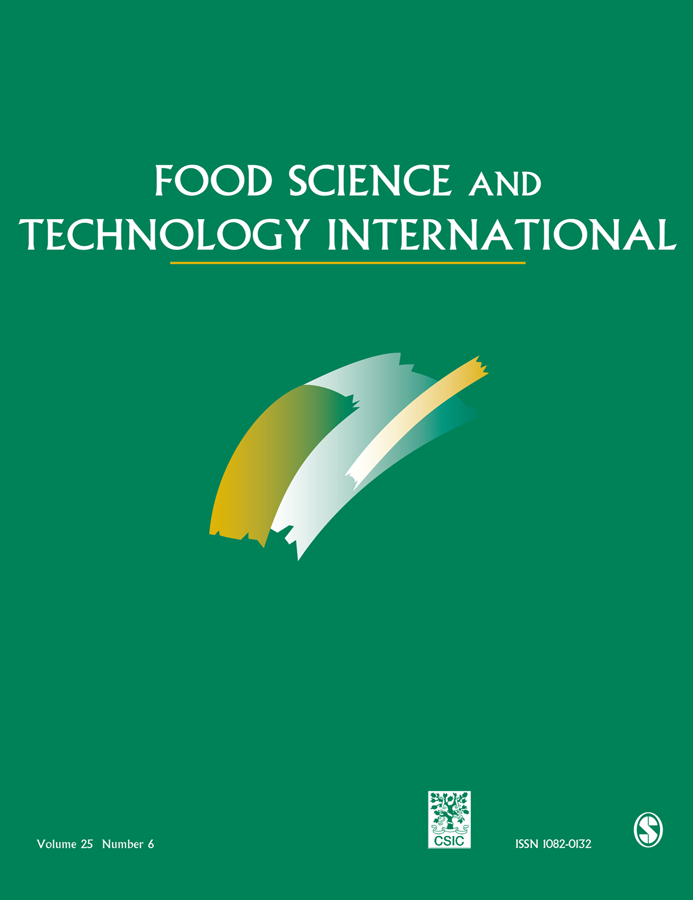View Item
- xmlui.general.dspace_homeCentros Regionales y EEAsCentro Regional Santa FeEEA RafaelaArtículos científicosxmlui.ArtifactBrowser.ItemViewer.trail
- DSpace Home
- Centros Regionales y EEAs
- Centro Regional Santa Fe
- EEA Rafaela
- Artículos científicos
- View Item
Evaluation of intervention measures at different stages of the production chain in Argentinian exporting abattoirs
Abstract
Antimicrobial treatments could help to decrease the transmission of microorganisms to beef carcasses and abattoir environments. The aim of this study was to evaluate the effectiveness of interventions in reducing Shiga toxin genes (stx1 and stx2) presence in a commercial abattoir. Intervention measures included the application of electrolytically generated hypochlorous acid to steer pens (experiment 1), chlorinated water, electrolytically generated
[ver mas...]
Antimicrobial treatments could help to decrease the transmission of microorganisms to beef carcasses and abattoir environments. The aim of this study was to evaluate the effectiveness of interventions in reducing Shiga toxin genes (stx1 and stx2) presence in a commercial abattoir. Intervention measures included the application of electrolytically generated hypochlorous acid to steer pens (experiment 1), chlorinated water, electrolytically generated hypochlorous acid, and isoclor to steer pens (experiment 2), electrolytically generated hypochlorous acid to knocking pens (experiment 3), and aqueous ozone and electrolytically generated hypochlorous acid onto beef carcasses (experiment 4). Detection of stx in samples was performed with BAX® System Real-Time PCR Assay. Our results showed that treatment with pressurized electrolytically generated hypochlorous acid and isoclor were effective to reduce stx presence from hides on steer pens. Although there is no single strategy to ensure the reduction of stx presence in a commercial abattoir, the combined application of several antimicrobial interventions would be ideal.
[Cerrar]

Author
Brusa, Victoria;
Restovich, Viviana;
Signorini, Marcelo;
Pugin, Daniela;
Galli, Lucía;
Ruíz Díaz, Vanesa;
Arias, Romina;
Leotta, Gerardo Anibal;
Fuente
Food Science and Technology International 25 (6) : 491-496 (2019)
Date
2019-09
Editorial
Sage Publications
ISSN
1082-0132
1532-1738
1532-1738
Formato
pdf
Tipo de documento
artículo
Palabras Claves
Derechos de acceso
Restringido
 Excepto donde se diga explicitamente, este item se publica bajo la siguiente descripción: Creative Commons Attribution-NonCommercial-ShareAlike 2.5 Unported (CC BY-NC-SA 2.5)
Excepto donde se diga explicitamente, este item se publica bajo la siguiente descripción: Creative Commons Attribution-NonCommercial-ShareAlike 2.5 Unported (CC BY-NC-SA 2.5)

